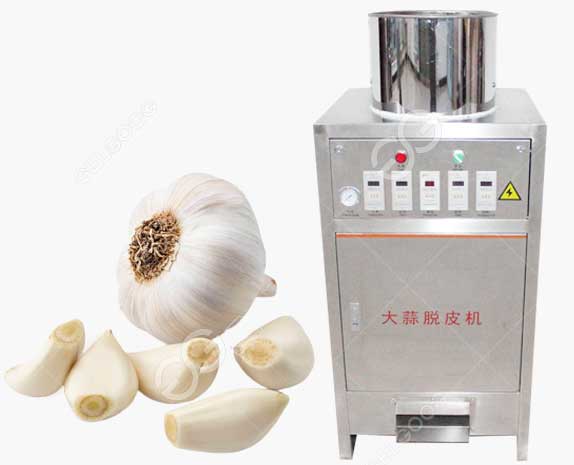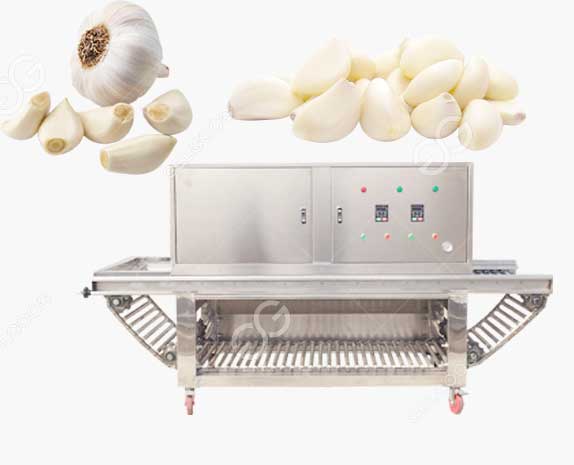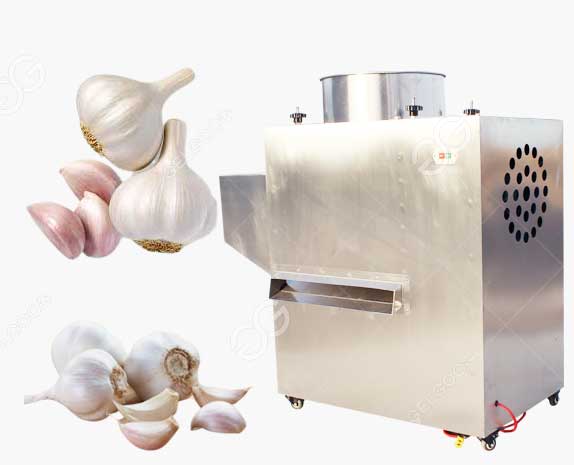Preserved vegetables are products made from fresh preserved vegetables, which are marinated and then desalted. The fresh plum vegetables used by rural folks are made through multiple processes such as drying in the sun, selection, and floating salt. , eliminating stagnation and invigorating the stomach, reducing fat and blood pressure.
Plum vegetables processing steps
1. When harvesting vegetables, cut down the vegetables and put them in the sun for a day, and then use a knife to open the whole vegetable into a shape with protruding cores and connected pieces one by one.
2. After another day in the sun, put the vegetables into the cement pool, put a layer of vegetables and a layer of salt, and press them down with big stones.
3. After 3 days, it can be taken out and sun-dried on the grass or valley. It is dried every morning and harvested at night. Some salt is added in the middle, and it can be eaten until it is 70% dry and golden.
During the pickling process, dried prunes are fermented for a short period of time to hydrolyze prunes into fragrant mustard oil, thus forming a unique fresh and fragrant smell. Good-quality dried plum vegetables have a water content of about 18%, bright yellow in color, thick and soft, uniform in size, complete in shape, and free of impurities and debris.
Plum dried vegetables drying process
1 heating stage
The initial stage of drying plum vegetables is heating, and the temperature is preferably 40°C--50°C.
2 constant speed drying stages
When the temperature of the vegetable rises to the wet bulb temperature of the air energy, when all the heat absorbed from the air energy is used to evaporate water, the drying speed remains constant at this time, and most of the evaporated water of the vegetable is free water in the constant-speed drying stage. The evaporation rate of water in plum vegetables does not depend entirely on the temperature of the dry air, but on the humidity of the air. The lower the relative humidity, the faster the water will migrate and evaporate.
3 deceleration drying stages
When the water evaporation rate of plum vegetables reaches about 50-60%, the free water is greatly reduced, and a part of colloidal bound water begins to evaporate. At this time, the water diffusion rate inside the vegetables slows down, which is faster than the vaporization speed of the water on the surface. slow.
When drying plum vegetables, pay attention to the following:
Part of the heat provided by the air source heat pump is used to further evaporate the water in the plum vegetables, and the other part is still to heat the semi-dried plum vegetables, so that the temperature gradually rises, and the moisture content reaches an equilibrium moisture content. The drying rate is about 15%, the water evaporation is stopped, and the drying is completed. Depending on the initial moisture content, the entire drying process takes 8-15 hours to complete.



